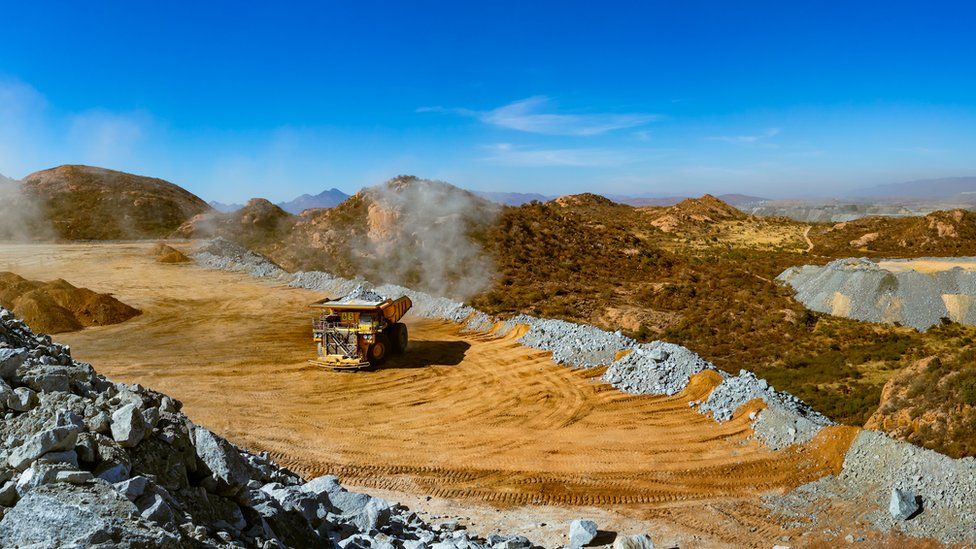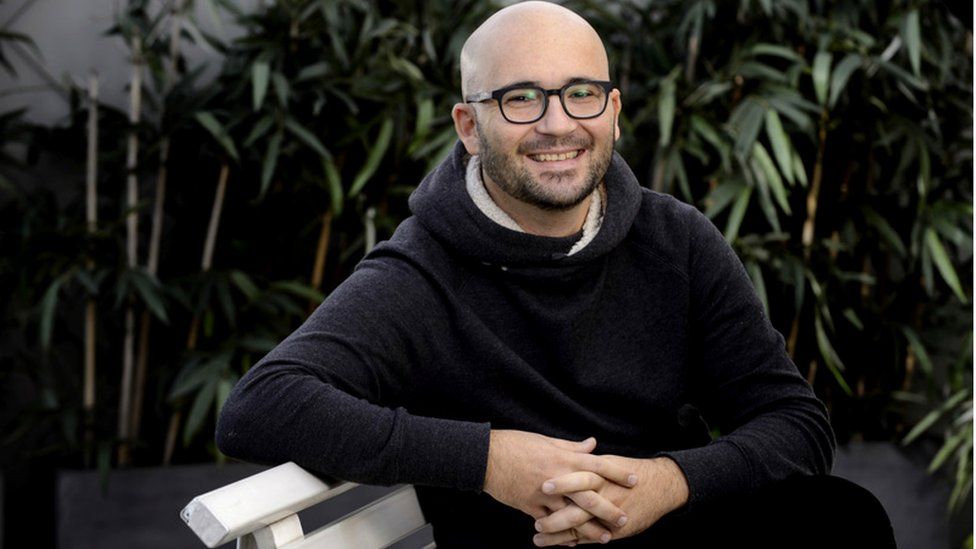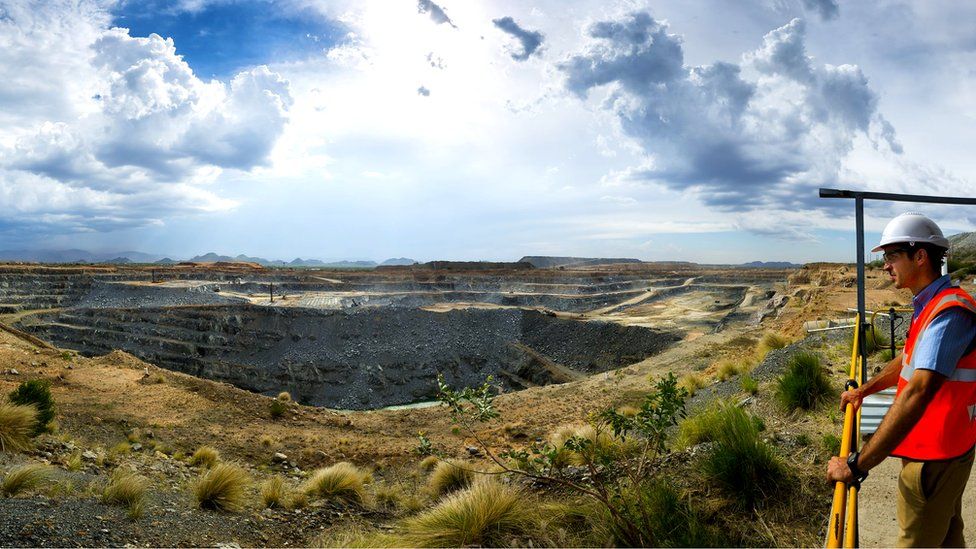
Europe will greatly accelerate the way it eliminates harmful chemicals, Brussels announced on Monday. Officials will block the use of large families of chemicals, instead of one by one. The EEB predicts that with this ‘the great detox’ 5,000 to 7,000 of the most notorious chemicals will be gone by 2030, including all flame retardants, bisphenols, PFAS and PVC plastics.
Thousands of the most notorious chemicals will be banned in Europe, officials announced on Monday, part of a zero pollution goal in the EU Green Deal.
The action will be the largest ever regulatory removal of authorised chemicals anywhere and covers substances that environmental, consumer and health groups have fought against for decades.
The news spread quickly, with 250+ headlines appearing across Europe, including at El Pais, Le Monde, The Guardian, TAZ, The Irish Times, Kurier, Le Soir and the front page of Denmark’s Information. Le Monde hailed the move as the “promise of a revolution” while the financial daily Les Echos wrote “Brussels intends to hit hard and aim wide.”
The plan is called the Restrictions Roadmap, a political commitment to use existing laws to ban all flame retardants, substances that are frequently linked to cancer, and all bisphenols, widely used in plastics but that disrupt hormones. It will also ban all forms of PVC, the least recyclable plastic that contains large amounts of toxic additives, and restrict all PFAS ‘forever chemicals’, plus around 2,000 harmful chemicals found in baby diapers, pacifiers, baby bottles and other childcare products. The list of chemicals is ‘rolling’, meaning substances could be removed or added.
European officials are unhappy that some 12,000 chemicals known to cause cancer, infertility, reduce vaccine effectiveness and generate other health impacts, are estimated by industry to be widely found in everyday consumer and professional products, including sensitive categories like baby nappies and pacifiers, but also food contact materials, clothes, furniture, etc. Officials consider the roadmap a rapid first step in an EU chemical strategy, with more fundamental changes coming later, starting in late 2022. The EEB estimates that the roadmap will lead to roughly 5,000 to 7,000 chemicals being banned by 2030.
Some chemicals on the roadmap list were already facing EU restrictions, but most are new. The banning process for all chemicals on the list will begin within two years. All substances will be gone by 2030, the EEB estimates.
Industry raised a “storm of protest” over early drafts of the plans and is expected to try to water them down. Chemicals make up the fourth largest industrial sector in the EU, with firms owned by some of Europe’s richest and most powerful men. Industry association CEFIC acknowledged in December that as many as 12,000 chemicals, present in 74% of consumer or professional products, have properties of serious health or environmental concern.
EU member governments unanimously support the roadmap, although Italy is opposing measures to ban PVC plastics.
European Environmental Bureau chemicals policy manager Tatiana Santos said:
“What Ursula Von der Leyen’s Commission has announced today opens a new chapter in facing down the growing threat from harmful chemicals. This ‘great detox’ promises to improve the safety of almost all manufactured products and rapidly lower the chemical intensity of our schools, homes and workplaces. All that said, this is a political commitment and not yet action. We’ll be watching officials closely to ensure they walk the talk.”
An estimated 200,000 chemicals are used in Europe. Global chemicals sales more than doubled between 2000 and 2017 and are expected to double again by 2030. By volume, three quarters of chemicals produced in Europe are hazardous. Scientists recently declared that chemical pollution had crossed a planetary boundary, while last month a UN environment report found that chemical pollution is causing more deaths than COVID-19.
Daily exposure to a mix of toxic substances is linked to rising health, fertility, developmental threats, as well as the collapse of insect, bird and mammal populations. Some 700 industrial chemicals are found in humans today that were not present in our grandparents. Doctors describe babies as born “pre-polluted”.
Official polling finds 84% of Europeans worried about the health impact of chemicals in products and 90% about their impact on the environment.
Traditionally, the EU regulates chemicals one by one, an approach that has failed to keep up with industrial development of a new chemical every 1.4 seconds. The EU has banned around 2,000 hazardous chemicals over the last 13 years, more than any other world region. But these restrictions apply to very few products, such as cosmetics and toys. Roughly the same substances will now be banned from childcare items, a larger product group than toys or cosmetics. In addition, most other chemical groups targeted in the roadmap will apply to many product groups, greatly expanding regulatory impact.
The roadmap will step up a group approach to regulating chemicals, where the most harmful member of a chemical family defines legal restrictions for the whole family. That should end a cynical and irresponsible industry practice of tweaking chemical formulations slightly to evade bans.
Source META




